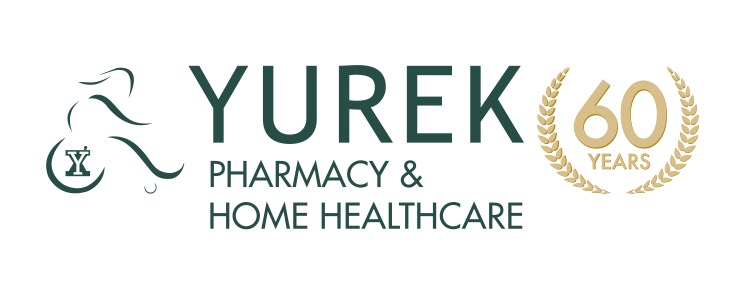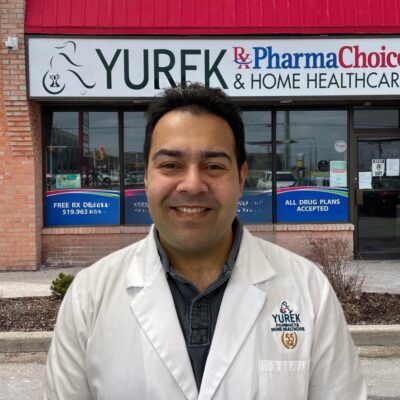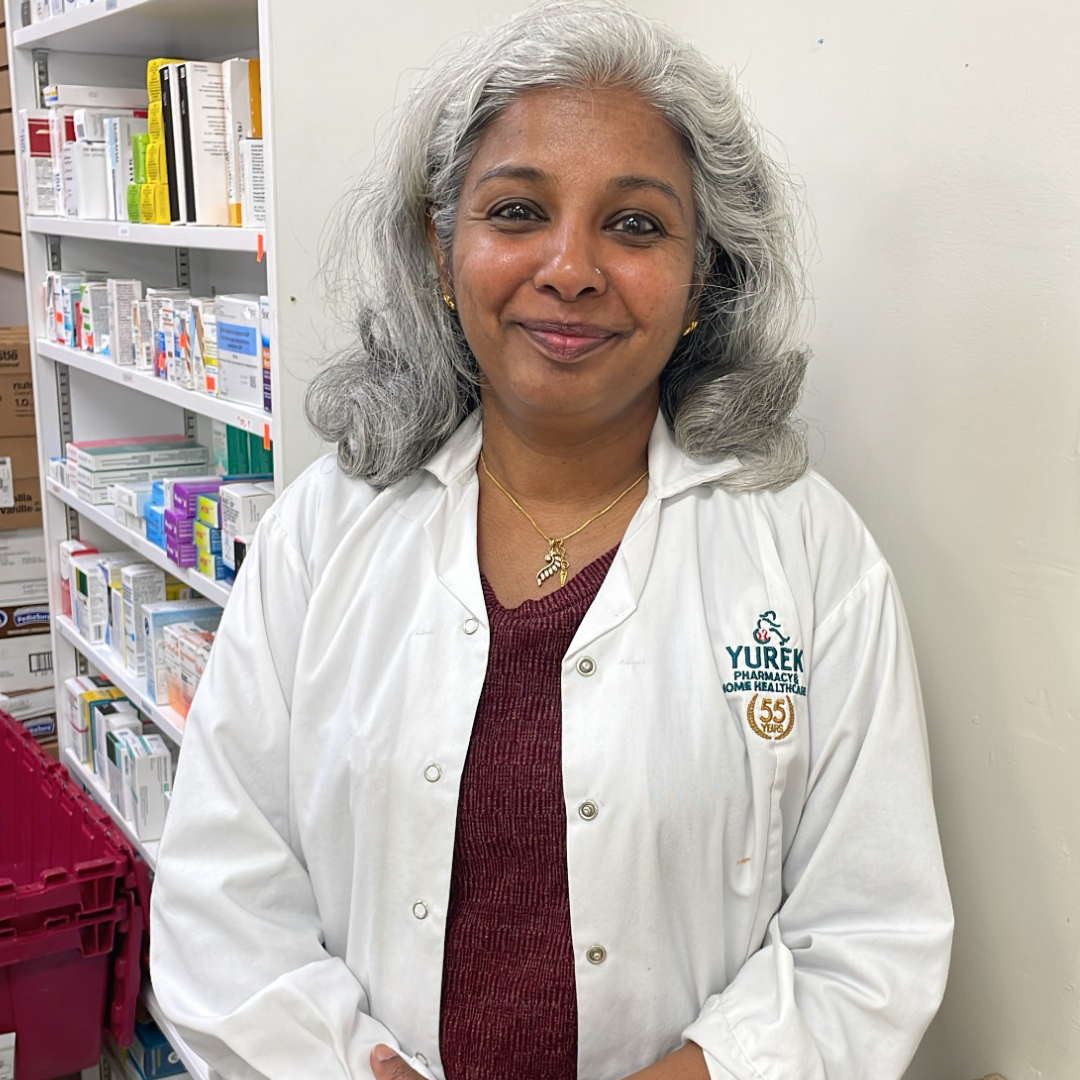By Vishal Mehta, BPharm, RPh
The skin is the human body’s largest organ, covering the entire surface of the body. It is responsible for the protection from the harmful effects of the environment, including the sun, hot/cold temperatures and germs. Melanocytes (cells that make melanin) give the skin, hair and eyes their unique colours. When these melanocytes group together, they can form moles. Most people have a few moles, which are benign (non-cancerous). In some cases, there can be a change to the melanocyte (i.e. colour, size or shape of the mole) which can be the first sign of melanoma. This cancerous growth can potentially spread to other parts of the body. There are four major types of melanoma, with superficial spreading being the most common type.
The most important risk factor is ultraviolet radiation, either from the sun or indoor tanning. Other risk factors include light-coloured skin/eyes/hair, positive family history, weakened immune system.
Treatment of melanoma involves a plan created for each case based on an individual’s health and specifics about the cancer. Factors considered include the stage of the cancer, the risk of recurrence, the location and the individual’s personal preference. Types of treatment include chemotherapy, immunotherapy, surgery, radiation therapy and targeted therapy.
As they say, an ounce of prevention is better than a pound of cure. Practicing sun safety can be one of the most important ways to prevent or reduce the risk of developing skin cancer. When the UV forecast for the day is 3 or higher, it is very important to protect your skin from excessive sun exposure.
Staying in a shaded area, wearing a broad-spectrum sunscreen and clothing that covers the body well are all steps that go a long way in helping to protect you from the sun.
Look after your skin; it’s going to be with you for life.








